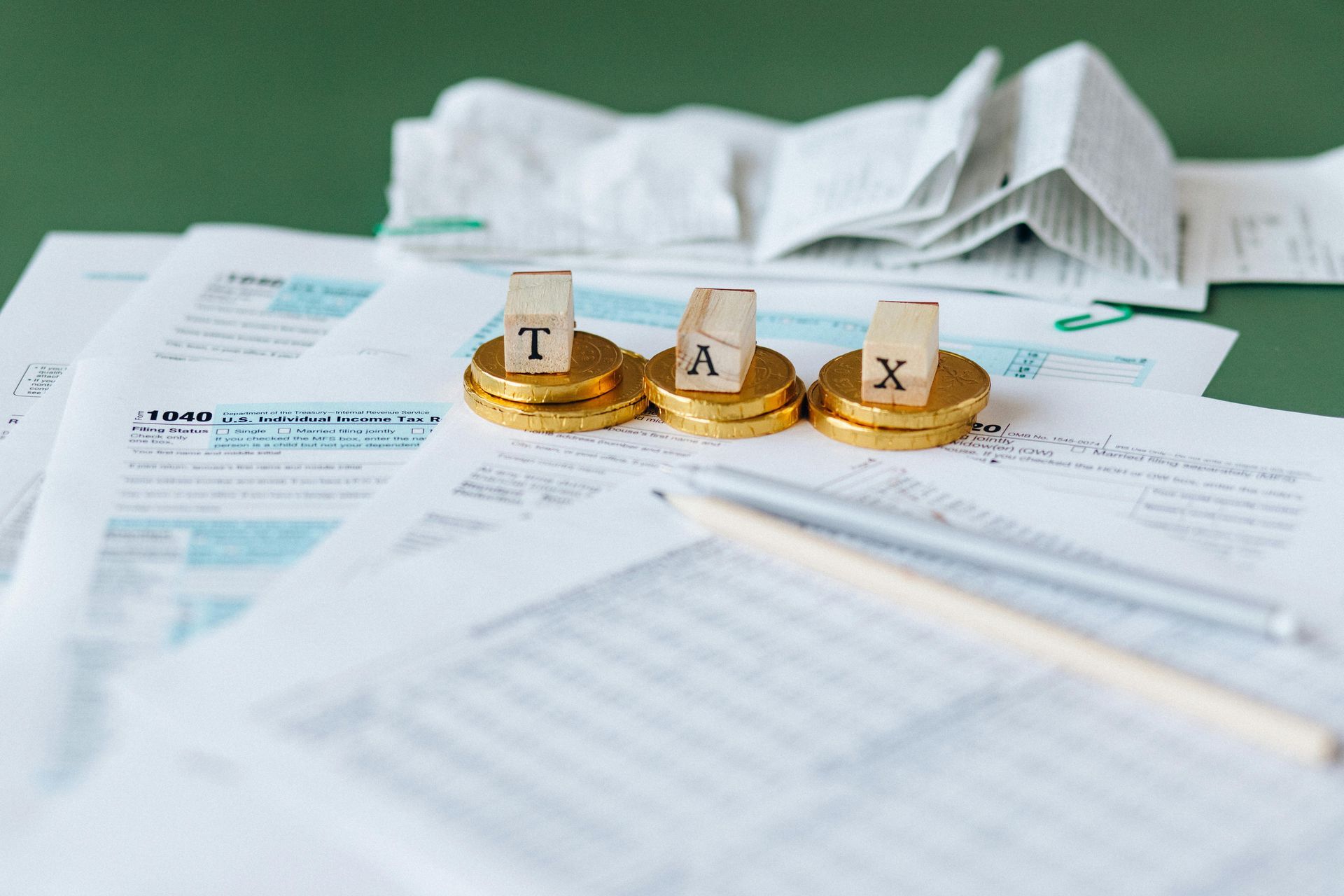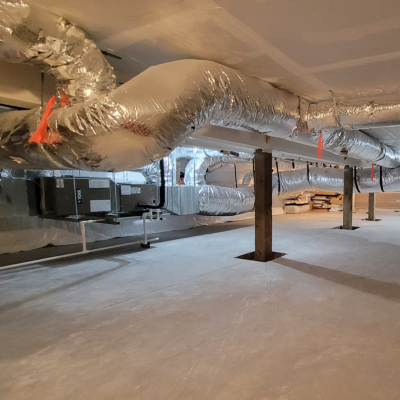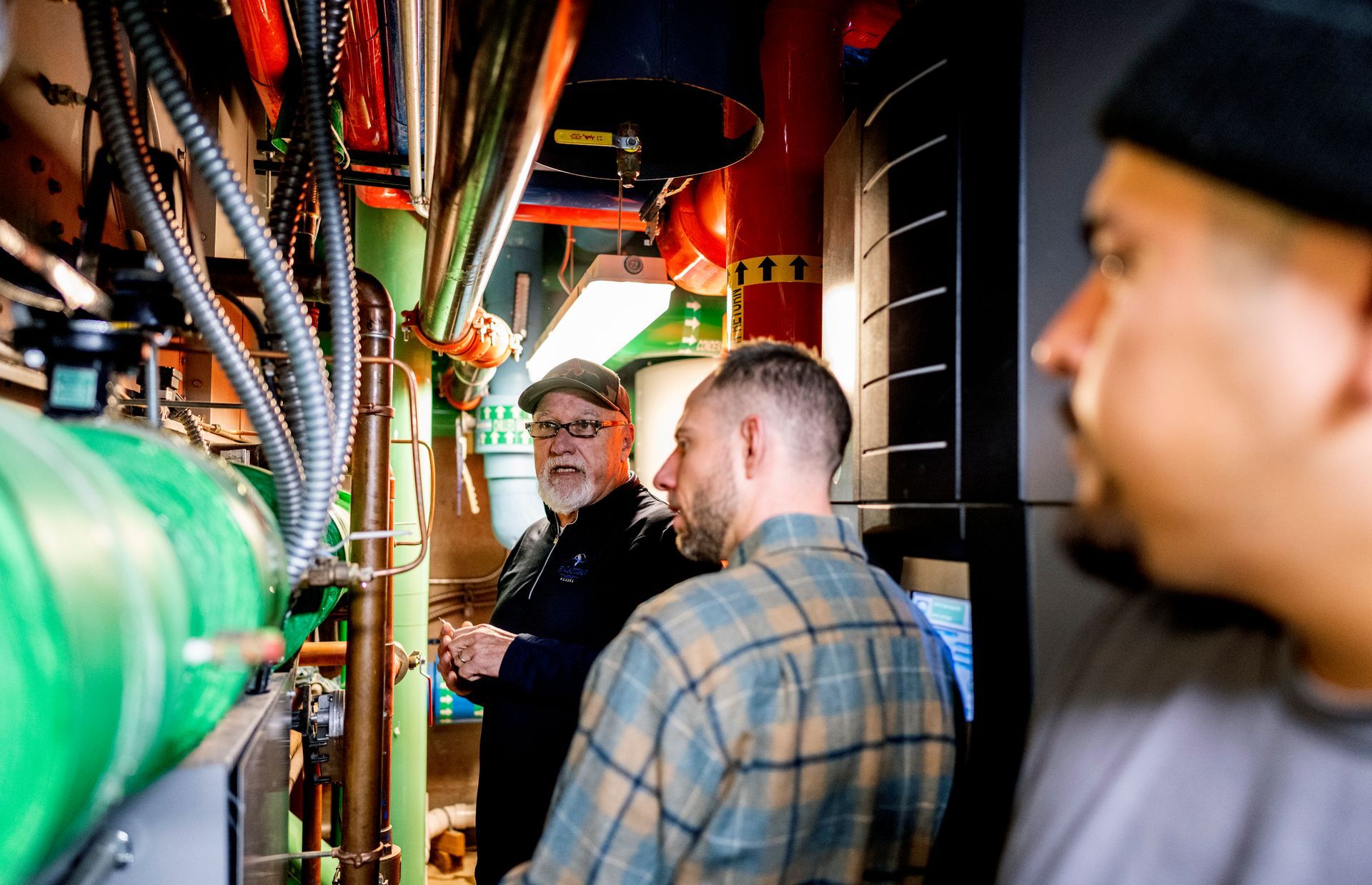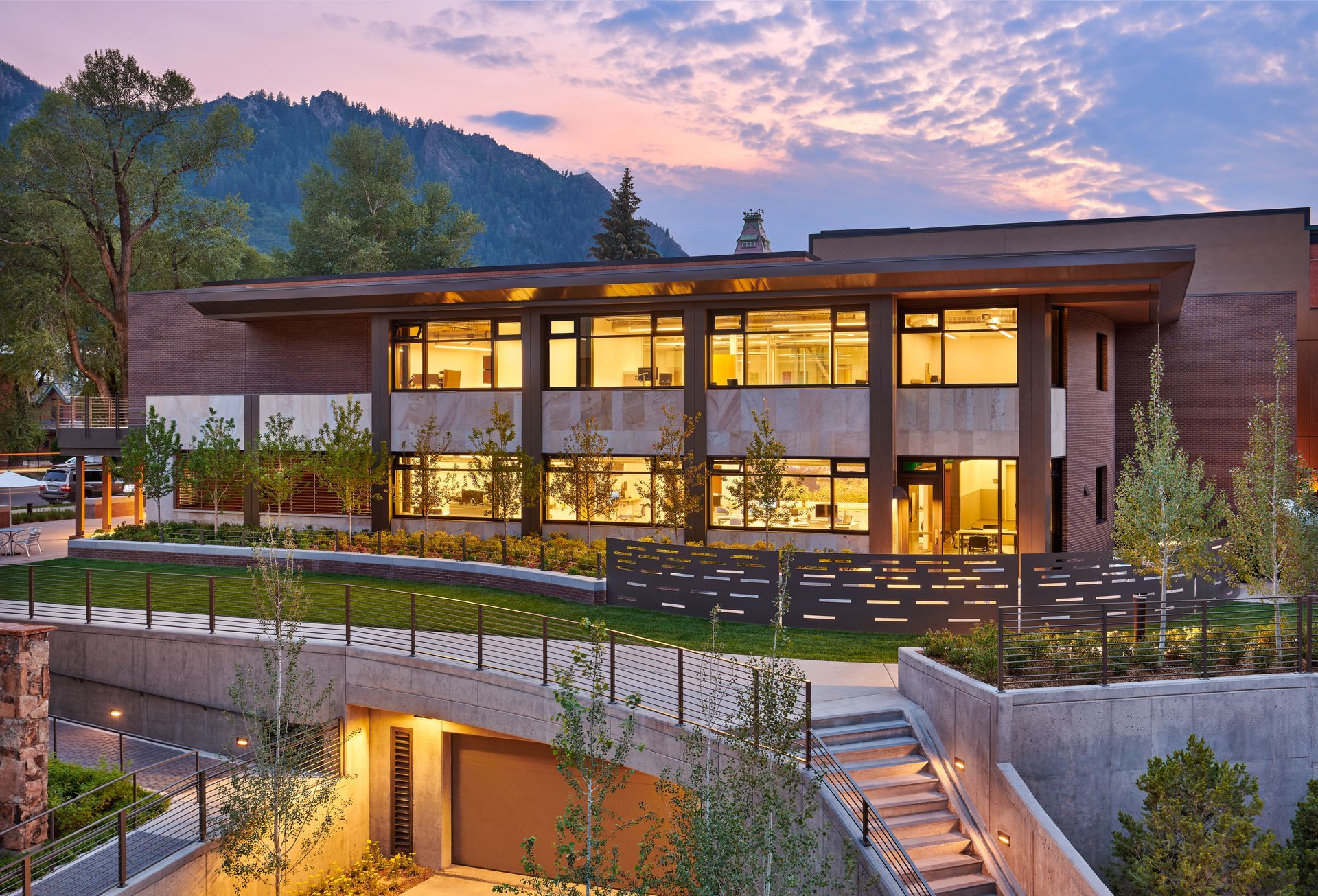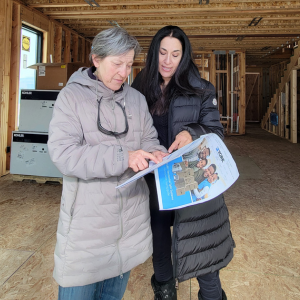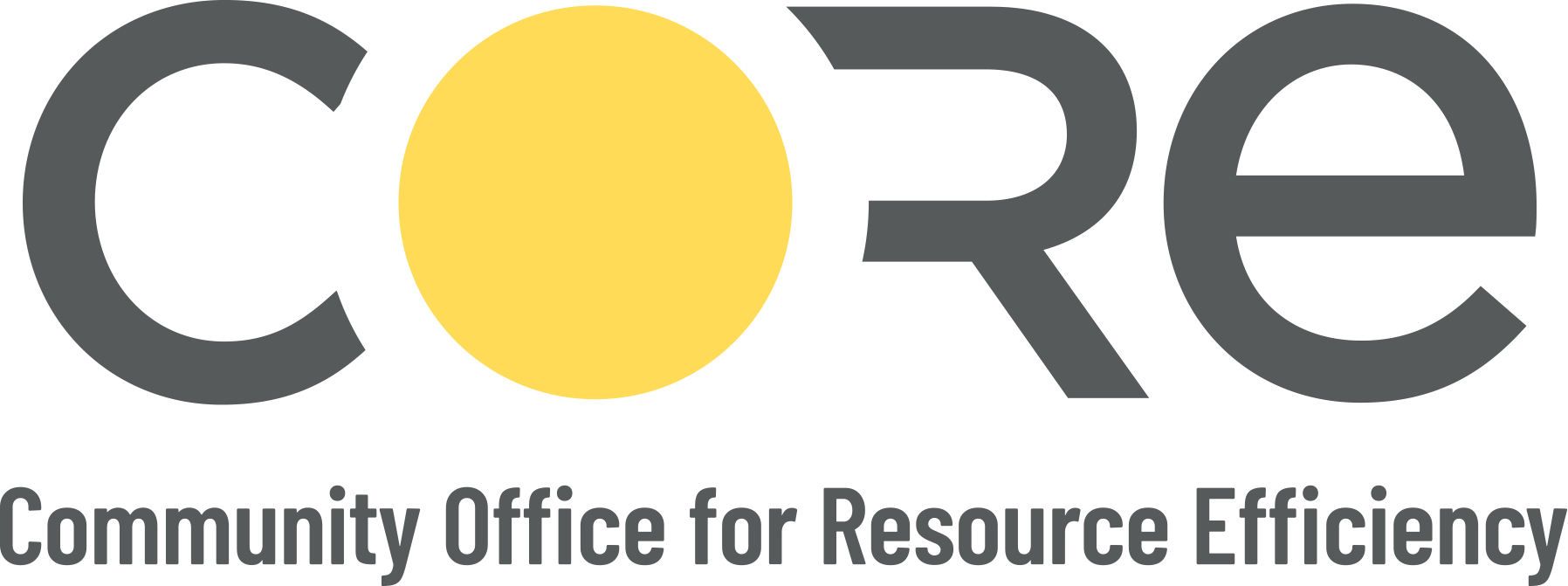Federal and State Tax Programs Sweeten the Deal on Home Energy Improvements
Tax Day is April 15, and whether you have already filed or are still pulling receipts together, it’s nice to know what tax breaks could help you save - both dollars and the planet.
On August 16, 2022, President Biden signed the
Inflation Reduction Actinto law. The Inflation Reduction Act allocates $370 billion towards supporting consumers and industry partners in advancing - and paying for - climate action initiatives. More than $8 billion of those funds will go towards funding home energy credits.
The State of Colorado further sweetened the deal by offering additional tax incentives to Coloradans, including clean energy tax credits for electric vehicles, e-bikes, industrial improvements, and electric lawn and garden equipment.
The clean energy incentives will amount to as much as $120 million in new tax credits annually through 2032.
So, how do you get a piece of the pie while decreasing your carbon footprint? Let’s dig in.
For those who own homes.
When it comes to energy saving in the home,
federal and
state tax incentives predominantly apply to those who own the property. Many of the rebates offer up to 30% of the original cost of the equipment, including things like:
- Heat pumps
- Solar
- Battery storage
- Air conditioners
- Insulation
- Exterior windows and doors
Looking for more ways to save? Local utility providers like
BlackHills Energy and
Holy CrossEnergy offer energy efficiency rebate programs. Additionally, you may qualify for
CORE’s rebates and incentives for residential and commercial projects.
What if I don’t own property?
If you don’t own your home, you won’t be eligible for many of the property improvement rebates. But do not fret! There are still a lot of ways you can save energy in your home, resulting in dollars saved.
To start your energy-saving journey, take a hard look at your lighting sources. Since
lighting accounts for 11% of energy use in the typical home, reduce your light energy by switching to LEDs. They provide a higher quality of light, use 75% less energy, and have a longer lifespan. While incandescent bulbs last for 1,000 hours and compact fluorescent lamps (CFLs) for 10,000 hours, LEDs last up to 25,000 hours or more. Make sure you recycle CFLs, which contain mercury, at the
Pitkin County Landfill.
You can also install lighting controls, such as timers, occupancy sensors, and daylighting controls that are designed to only put light out when you need it and where you need it most.
A few other ideas for reducing energy usage in the home include:
Wash your clothes in cold water.- Take a bite out of vampire loads and plug electronics into anadvanced power strip.
- Grab a sweater and turn down the heat.
Want to learn more?
Schedule a home energy assessment through CORE or your utility company, and then submit for up to $150 in a
federal rebate to cover some of the cost.
Energy reduction savings for federal and state tax incentives span beyond properties to mobility, as well. Explore other credits and rebates available for purchases of electric vehicles, bikes, and mowers - to name a few.
If you have questions about navigating the deep hole of tax rebates, check out our
website or schedule an appointment with our
Energy Concierge team. A qualified tax specialist can also help you find and navigate
federal and
state tax forms and additional resources.
Future Savings
If you didn’t pull the plug on doing energy upgrades last year, you can still benefit from tax savings. More funding is available and will continue to be released this year and years to follow. Follow
CORE, the
Colorado Energy Office, and the
US Department of Energy for more information.
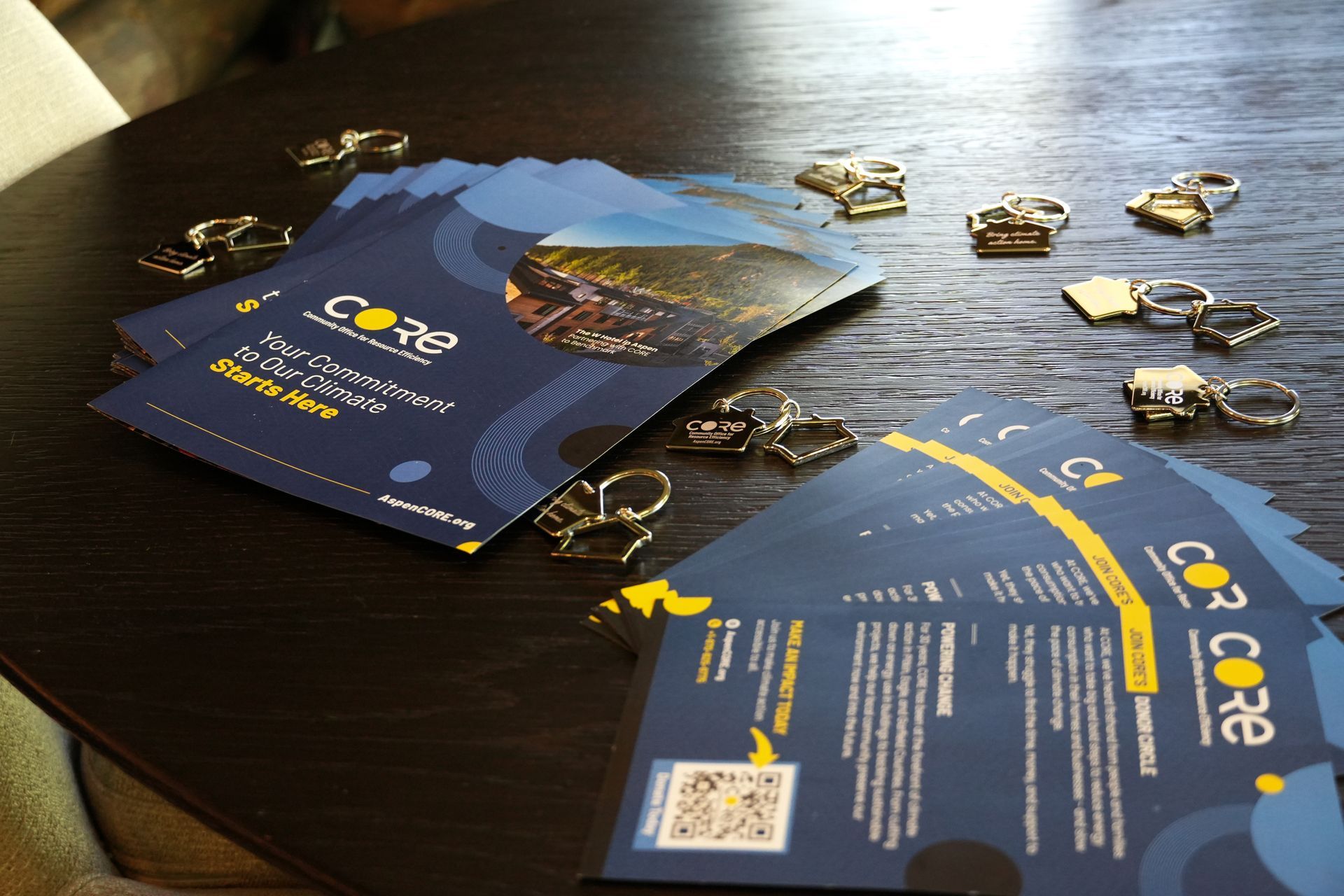

Join the CORE Community
Sign up for the CORE Community
Newsletter and get the latest from CORE on grants, events, and energy-saving tips for your home or business!
CORE Email Sign Up (footer)
Thank you for signing up for CORE emails!
Oops, there was an error signing you up.
Please try again later or contact tabatha@aspencore.org.

